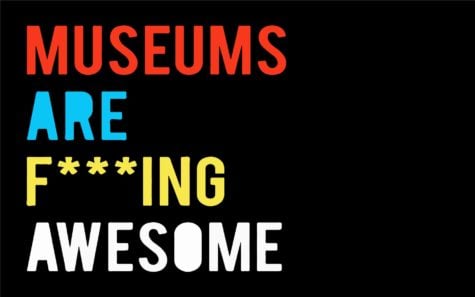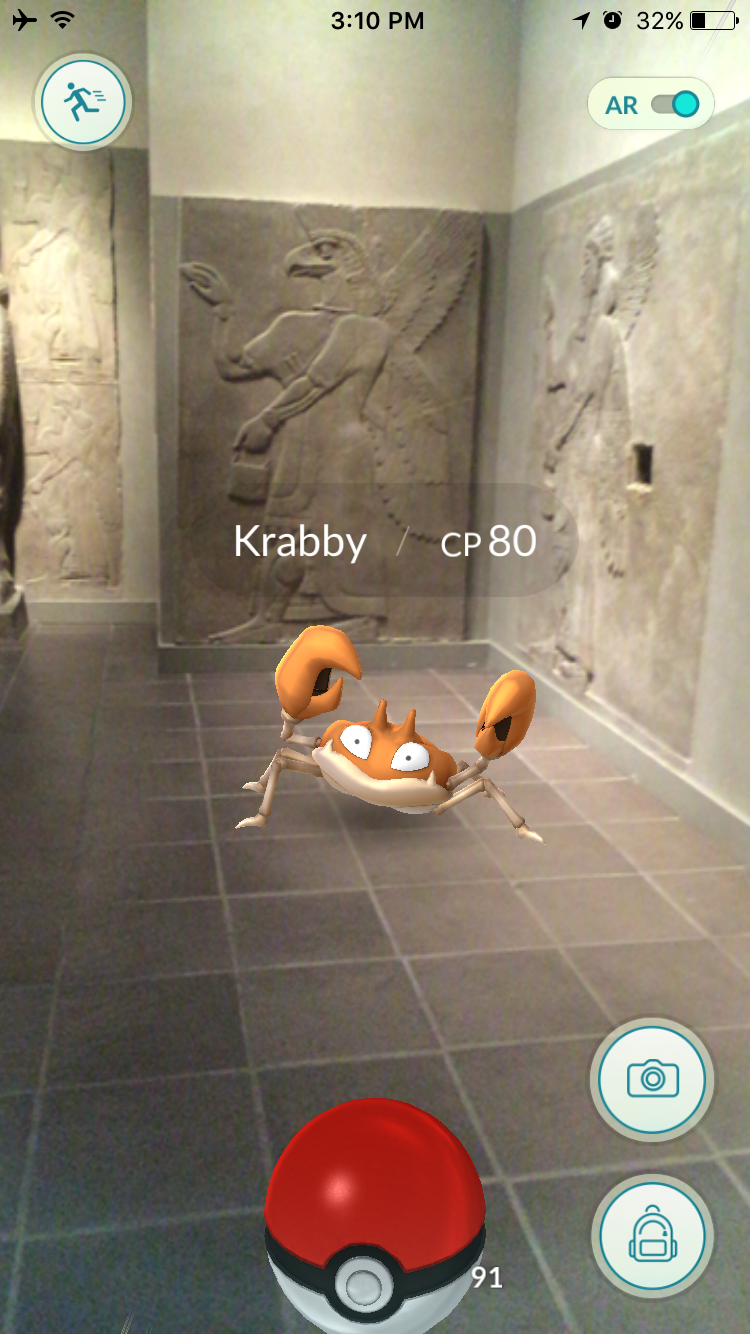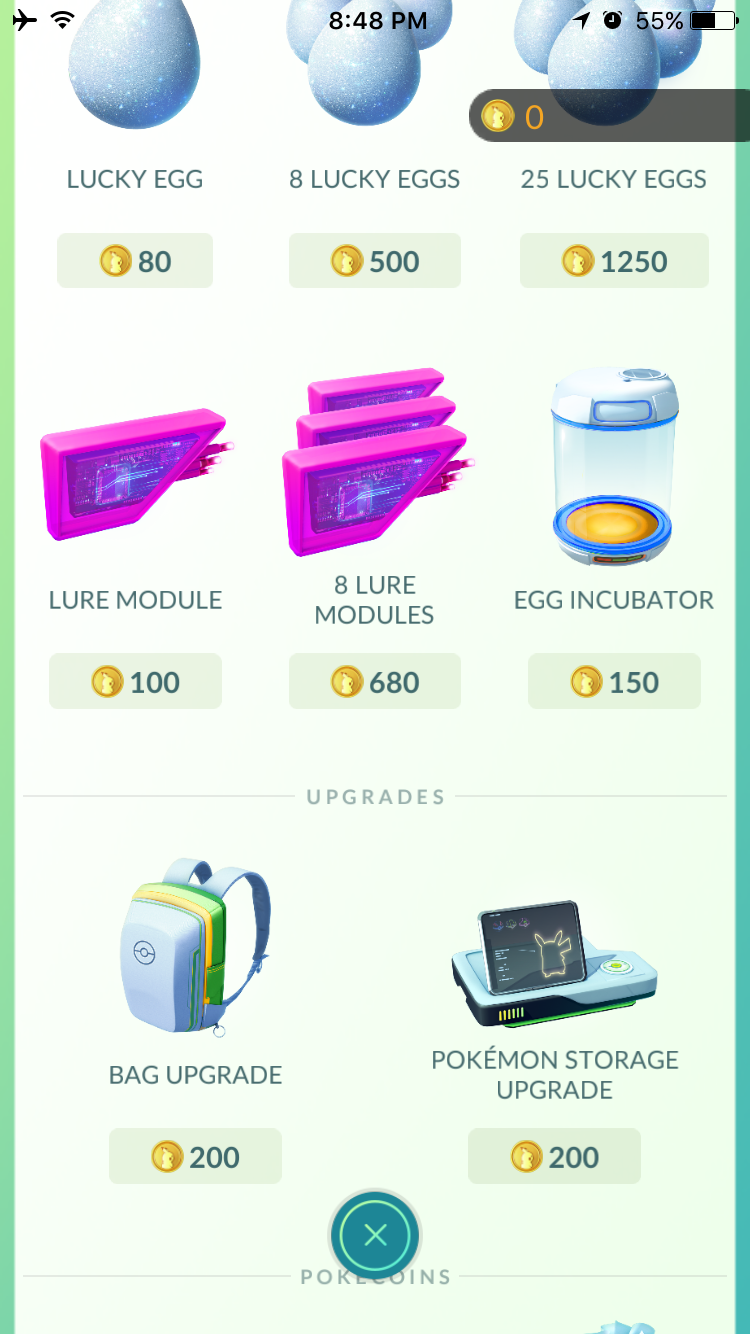
A special guest post by Blaire Moskowitz.
Have you seen more people than usual staring at their phones in your museum?
That is because “Pokémon GO” was released this weekend. It quickly claimed the number one place in the app store and will soon surpass Twitter in daily active users by capturing the attention of two coveted demographics – children with cellphones and millennials craving 90s nostalgia.

Pokémon GO’s tagline has remained the same as the prior Game Boy iterations. You still want to “catch ‘em all”, only this time it’s not limited to the virtual world inside the Game Boy.
It is the right time and place for this game: advancements in geolocation (which people increasingly find commonplace) and mobile phones (already in our pockets, no bulky awkward GoogleGlass this time!) mean Pokemon live in our world through augmented reality. With a GPS overlay, the app knows where you are as you walk around real streets and will buzz when you get near a Pokemon.
Historical Markers as PokéStops
This is where museums come in – the virtual monsters are in public places, as detailed in Pokemon’s March press release, which explains,
“Explore cities and towns around where you live and even around the globe to capture as many Pokémon as you can…. Also look for PokéStops located at interesting places, such as public art installations, historical markers, and monuments, where you can collect more Poké Balls and other items.”

To determine the location of the Pokemon, the PokeStops, and PokeGyms, it appears that Pokémon GO is running from two databases. The first would be the database of locations they used for Ingress, Niantic’s last game, which was conceptually similar. The second is the Historical Marker database, which keeps track of local points of interest in the United States. On the plus side, this is how most towns have Pokestops. But on the negative side, some of the historical markers were put into the Ingress databases years ago, and the sites may no longer be public.
“Catching” Millennials
Our museums, similarly, want to “catch” these difficult to reach children and millennials and attract them to the museum. We’ve seen previous attempts to attract these groups with varying success – how many children’s’ activity days, young member parties, and hands-on scavenger hunts have you seen?
We recruit participants for teen and young adult councils, organize internal task forces for brainstorming sessions, hire external consultants, and conduct focus groups, all to determine the best way to grab the attention of these demographics. Museums repeatedly make claims that we are competing with Netflix and YouTube and a host of other entertainment, so when new visitors spend a weekend walking through our doors to play a game we didn’t devise, how can we capitalize on that?
Yes, you read that right: there are visitors who have walked in our doors this weekend, just to find Pokemon!

Searching “PokémonGO” and “Museum” on Twitter has dozens of people posting about visiting a local museum, often for the first time. Most of these people have even entered the museum and walked around the exhibitions. In large museums, Pokemon will “live” in one wing, so players are on the look out for each other to provide helpful hints (There are multiple stories online today about people becoming real life friends through Pokemon quests. Sherry Turkle, what do you have to say to that?).
But, there are also museums where people are just sitting in the parking lot and not venturing inside. At one small museum, nine people were observed sitting in the parking lot playing Pokémon GO, none of whom entered the museum. And by sheer irony, this institution’s curatorial theme is fairly “nerdy”, which would likely interest the people playing the game.
Is Your Museum Up to the Challenge?
It might be a challenge to pull these people away from their game, but if we museum professionals want to do community outreach, figure out what interests non-visitors, and then engage them in the world’s greatest treasures, we need to figure out how, quickly.
Some museums have advertised on Twitter and Facebook that there are Pokemon onsite. Others have mentioned that visitors can have Pokemon battles with the staff. Crystal Bridges has blogged about Pokémon GO, posting images of their Pokemon next to art work (Pikachu is appropriately next to a Dan Flavin). And outside of the museum-world, commercial spaces are also capitalizing on these new visitors, from indie clothing shops inviting people to catch Pokemon and browse their goods to multiple NBA teams depicting Pokemon playing with team members (which reminds me of SpaceJam).
An example of a non-museum person using a cultural site in a brilliant way was the Facebook event to walk together through the Sydney Royal Botanic Gardens (near the Opera House), which attracted one thousand people and inspired the hashtag #PokeGoWalk. Imagine if the Gardens had officially hosted the event. What can the value-add be if the event was institutionally hosted? Could distributing discount admission tickets to a future visit increase repeat visitation? Advertise classes? Encourage visitors to download the museum’s app?
Use “Lures” to Invite Players Inside
One opportunity within the app is an in-game purchase called “Lure” to get Pokemon (and in turn visitors) to arrive onsite for 30 minute intervals. This seems to be the only way to make your museum a destination, however limiting, since one can not request that a specific site becomes a Pokestop or PokeGym. Therefore, if your site is already a Pokestop, you’re in luck; if its not a Pokestop, you can’t drop a Lure. Between providing free wifi (just wait until the players get their cellphone bills this month!) and Lures, visitors really are attracted to these sites. Wait there for a few minutes with the app on, and your phone will buzz that a Pokemon has arrived.

So how does one get a Lure? Buy one for 100 coins or 8 Lures for 680 coins (100 coins cost $.99, 550 coins for $4.99, etc). They can be purchased and designated to a site by anyone (institution or player) that wants the Pokemon to come to them.
Then, the Lure will appear in your location on the GPS map, as a pink hotspot. As you can see in the image below, my avatar is standing at a Pokestop that has a Lure (the pink petals). The blue hotspots are Pokestops (which turn pink when you “touch” them) and there is a PokeGym at the crossroad of Times Square, NYC.

CEO John Hanke is already planning upgrades, including customizable functions for Pokestops and PokeGyms, including the possibility of sponsored locations, although no timetable has been set.
We might not have built this app, but the people have come.
“Gotta Visit ‘Em All – PokemonGo in Museums” by Blaire Moskowitz was originally published on Blaire’s blog on July 11, 2016. Blaire Moskowitz is a PhD student at the University of Leicester via distance learning, where her research focuses on how museums use the internet to gather information. Concurrently, she works in the marketing department of the world’s largest supplier of museum apps and audio tours. Thank you to Blaire for giving us permission to re-post her awesome article!
Are you using Pokemon GO to engage your visitors at your museum? We want to hear from you! Email us.
